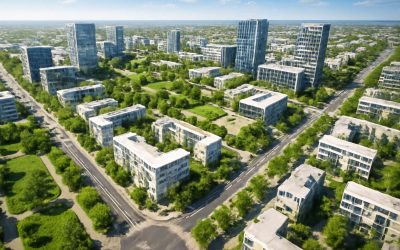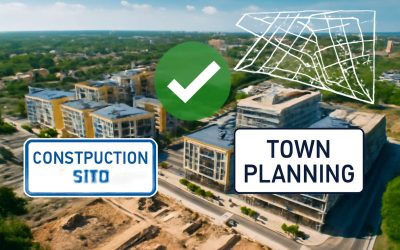
The way humans use land and water influences the quality of our environment. The impacts of this can be positive or negative, but all are important. The goal of land use management is to balance economic and environmental considerations, making choices that will be sustainable into the future. This requires that our decisions are informed by the results of scientific analysis.
A comprehensive approach to land use management is necessary to address many of the problems we face. This includes consideration of social issues (like how our activities affect other people), economic issues and ecological issues. It is also important to identify the most critical problems we face and to prioritize research efforts toward those areas.
An essential first step in assessing the current state of land use management is to evaluate existing data sources and approaches for monitoring and reporting. Unfortunately, no single source provides the full picture of human activity on land. Most data are collected at the local level and are often based on different classifications, measurement techniques, sampling time frames and methodologies for analysis and interpretation. This makes it difficult to compare data from one area to another or to assess trends on a national basis.
The most important issue is to develop an integrated framework of tools for measuring the effectiveness and impact of land use management. This includes developing tools to quantify ecosystem services, support the development of alternative land-use systems and measure soil quality changes from landscape to individual sites. The framework must incorporate a broad range of environmental, economic and social considerations and be capable of providing a complete assessment of the effectiveness of land management.
One of the most important issues in land use management is preserving and protecting biodiversity and natural resources. This is a complex task that will require the coordinated effort of all stakeholders. The development of innovative technologies and approaches for the conservation and management of natural resources will be necessary. These will include regenerative agriculture, agroforestry and landscape scale conservation.
Biological processes are essential to the function of all terrestrial ecosystems. They provide the nutrients and other materials to support life on earth. Consequently, the loss or degradation of habitats and species has a profound impact on our ability to live sustainably. This is an urgent global issue that needs to be addressed through a combination of policies, research and education.
Another significant issue is the need to ensure that agriculture produces food in an environmentally sound and economical manner. This will require a shift from conventional agricultural practices to those that are more environmentally sustainable and profitable. This will require the participation of farmers and other stakeholders in developing a new paradigm for agriculture.
The sustainable land management (SLM) paradigm is a synthesis of various approaches and techniques adapted to specific biophysical and socio-economic conditions with the aim of achieving productive, conservation and restoration goals for natural resources including soils, water and biodiversity. FAO has developed similarity analyses to support decision makers and professionals in choosing SLM options that are best suited for their local biophysical and socio-economic circumstances.



0 Comments